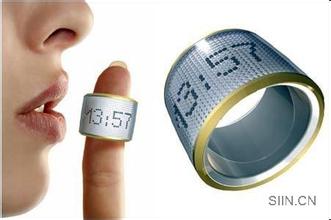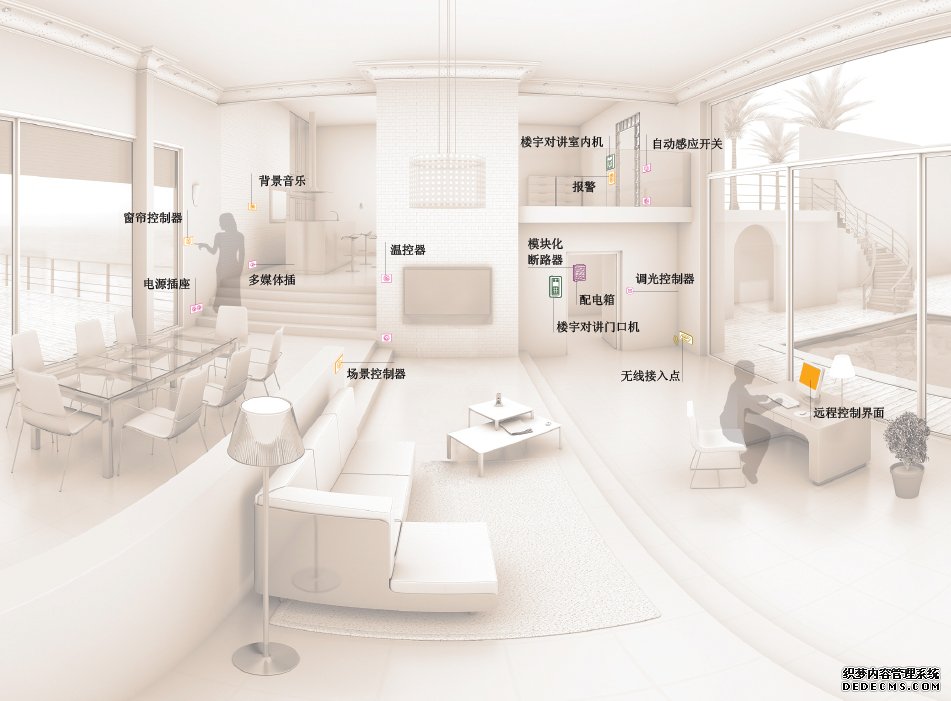由加利福利亚大学河滨分校伯恩工程学院教授带领的团队,近日发现半导体纳米线激光器技术几乎无所不能---包括可以杀灭病毒,还能提高DVDs的存储容量。
半导体二极管紫外激光器广泛用于数据处理、信息存储以及生物学中。但是由于其尺寸、成本和能量的限制,其用途有限。最近研究出的新一代紫外激光器是基于一种叫做氮化镓的材料研发而成的;电气工程教授刘建林(音译)和他的同事在氧化锌纳米线波导激光器发现了突破点,这种激光器尺寸更小、成本更低、功率更高、且波长更短。
到目前为止,氧化锌纳米线还不能真正应用于现实发光中;因为这种纳米线缺乏所有半导体所需的p型或者阳极材料。刘教授通过在氧化锌纳米线中掺杂锑(一种准金属元素),构建了这种p型材料,从而解决了该难题。
这种p型氧化锌纳米线通过与n型(阴极)氧化锌材料联接从而形成了一种叫做p-n结二极管的设备。由电池驱动,这种高度定向性激光器仅从纳米线尾端发出光纤。
刘教授指出,“全球氧化锌研究人员在过去的时间里都在尝试这个方向的研究。此次发现将进一步推动该技术的发展。”
刘教授的发现已经发表在了《自然—纳米技术》期刊七月版上。合著者包括:Sheng Chu、Guoping Wang、Jieying Kong、 Lin Li 、Jingjian Ren、以及加利福利亚大学河滨分校所有的研究生;以及中国复旦大学学生Weihang Zhou;中佛罗里达大学物理学教授Leonid Chernyak;中佛罗里达大学研究生Yuqing Lin;以及来自大连理工大学的访问学者Jianze Zhao。

从左到右依次是研究人员: Guoping Wang,Jianlin Liu和Sheng Chu
此次发现影响极其深远
在信息存储方面,这种氧化锌纳米线激光器能被用于读取并处理类似DVDs等存储媒体中更密集的数据;因为这种紫外线比其他光,如红光等的波长更短。例如,能存储2小时音乐文件的DVD,如果在使用了这种新型激光器之后,则能存储四小时或者六小时的音乐文件。
在生物疗法和医学疗法领域,纳米线激光器所释放的超细激光束能穿透活体细胞,重新激活或者使其恢复成为正常的良性细胞。这种光也能被用于饮用水的净化。
在光电学领域,这种紫外线能提供超快数据处理和传输服务。这种可靠的小型紫外线半导体二极管激光器有助于进行紫外线无线通信技术的研发;这种通信技术比目前各种电子信息系统中使用的红外线通信技术要优越很多。
陆军研究处青年研究项目和国家自然科学基金委员会赞助了氧化锌设备的部分研究工作。美国能源部(DOE)赞助了p型氧化锌的研究工作。
原文如下:
A team led by a professor at the University of California, Riverside Bourns College of Engineering has made a discovery in semiconductor nanowire laser technology that could potentially do everything from kill viruses to increase storage capacity of DVDs.
Ultraviolet semiconductor diode lasers are widely used in data processing, information storage and biology. Their applications have been limited, however, by size, cost and power. The current generation of ultraviolet lasers is based on a material called gallium nitride, but Jianlin Liu, a professor of electrical engineering, and his colleagues have made a breakthrough in zinc oxide nanowire waveguide lasers, which can offer smaller sizes, lower costs, higher powers and shorter wavelengths.
Until now, zinc oxide nanowires couldn’t be used in real world light emission applications because of the lack of p-type, or positive type, material needed by all semiconductors. Liu solved that problem by doping the zinc oxide nanowires with antimony, a metalloid element, to create the p-type material.
The p-type zinc oxide nanowires were connected with n-type, or negative type, zinc oxide material to form a device called p-n junction diode. Powered by a battery, highly directional laser light emits only from the ends of the nanowires.
“People in the zinc oxide research community throughout the world have been trying hard to achieve this for the past decade,” Liu said. “This discovery is likely to stimulate the whole field to push the technology further.”
Liu’s findings have been published in the July issue of Nature Nanotechnology. Co-authors are: Sheng Chu, Guoping Wang, Jieying Kong, Lin Li and Jingjian Ren, all graduate students at UC Riverside; Weihang Zhou, a student at Fudan University in China; Leonid Chernyak, a professor of physics at the University of Central Florida; Yuqing Lin, a graduate student at the University of Central Florida; and Jianze Zhao, a visiting student from Dalian University of Technology in China.
The discovery could have a wide-range of impacts.
For information storage, the zinc oxide nanowire lasers could be used to read and process much denser data on storage media such as DVDs because the ultraviolet has shorter wavelength than other lights, such as red. For example, a DVD that would store two hours of music could store four or six hours using the new type of laser.
For biology and medical therapeutics, the ultra-small laser light beam from a nanowire laser can penetrate a living cell, or excite or change its function from a bad cell to a good cell. The light could also be used to purify drinking water.
For photonics, the ultraviolet light could provide superfast data processing and transmission. Reliable small ultraviolet semiconductor diode lasers may help develop ultraviolet wireless communication technology, which is potentially better than state-of-the-art infrared communication technologies used in various electronic information systems.
The work on the ZnO device was in part supported by Army Research Office Young Investigator Program and the National Science Foundation. The work on p-type ZnO was supported by the Department of Energy.
(审核编辑: 智汇小新)



